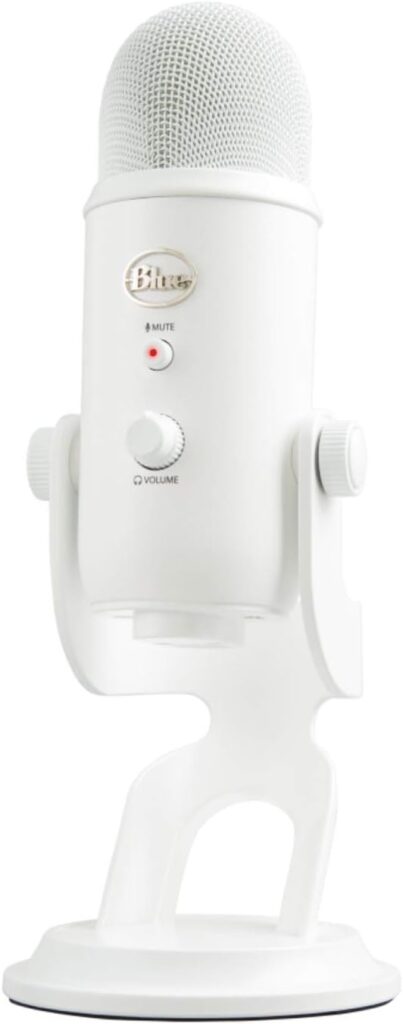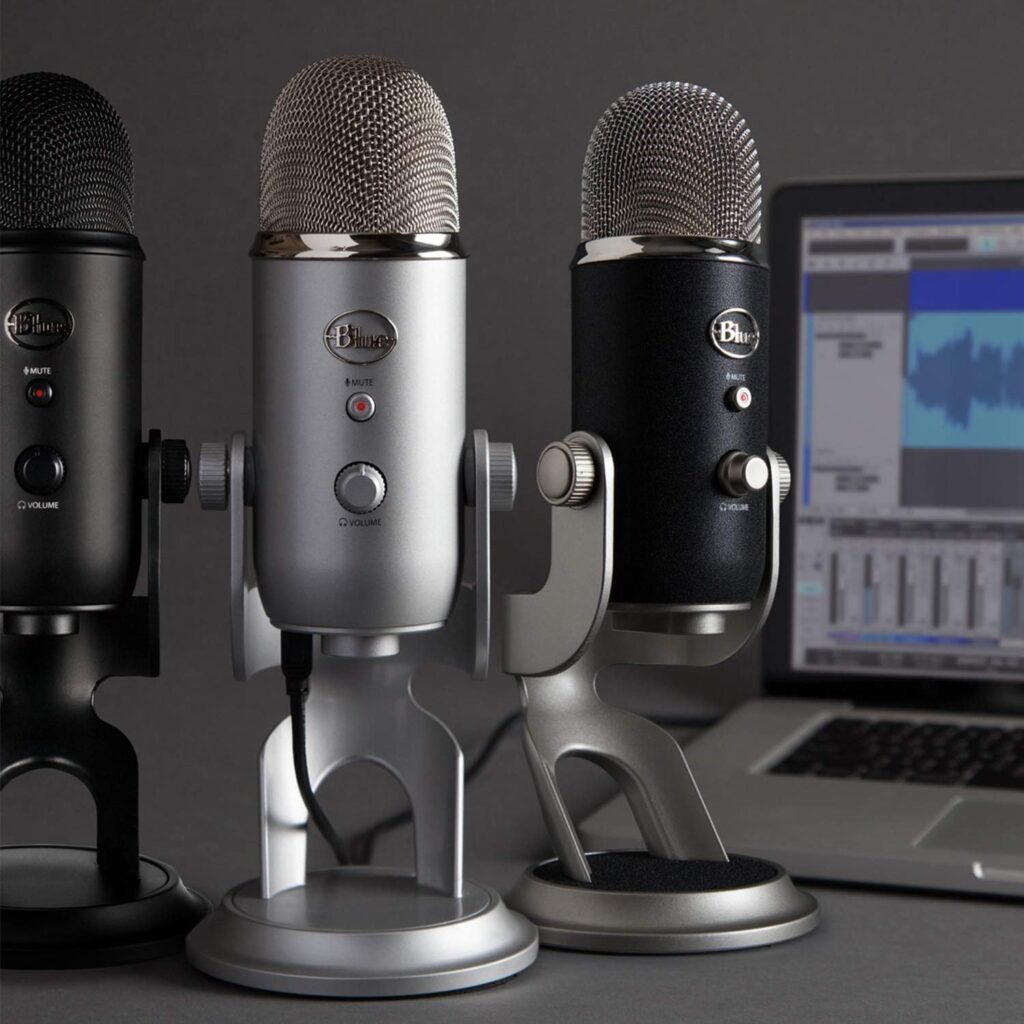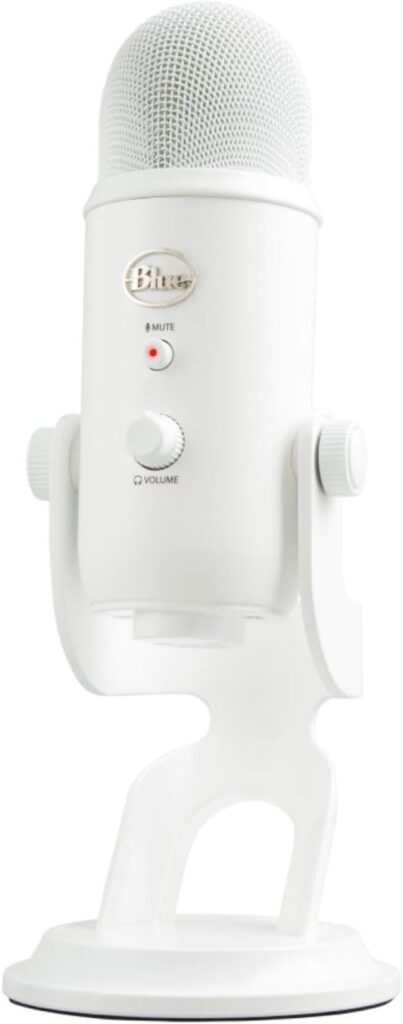Blue Yeti Review
The Blue Yeti has long been a household name in the world of USB microphones, celebrated for its versatility, ease of use, and impressive sound quality. Whether you’re a podcaster, streamer, musician, or someone dipping their toes into content creation, the Yeti promises professional-grade audio without the complexity of traditional studio setups. But does it still hold up in 2025, with a flood of competitors vying for its crown? In this review, we’ll dive into its design, performance, features, and value to see if the Blue Yeti remains a top contender.
Design and Build Quality
The Blue Yeti’s design is iconic. Standing at about 11.6 inches tall (with its stand), it’s a hefty piece of gear, weighing in at 3.2 pounds. Its retro-inspired look—complete with a sturdy metal grille and a solid base—gives it a premium feel that stands out on any desk. Available in multiple colors like Blackout, Midnight Blue, and Platinum, it’s as much a aesthetic statement as it is a tool.
The stand is adjustable, letting you tilt the mic to your preferred angle, and it includes a 3/5-inch threaded mount for attaching to a boom arm or stand. On the mic itself, you’ll find physical controls: a mute button, a headphone volume knob, a gain control dial, and a pattern selection switch. These hands-on features make it beginner-friendly—no software fiddling required to get started. However, the weight and size might be a drawback for those needing portability; this isn’t a mic you’ll toss in a backpack.
Features and Functionality
The Blue Yeti’s standout feature is its four polar patterns: cardioid, bidirectional, omnidirectional, and stereo. This flexibility is rare for a USB mic at its price point (typically around $129, though sales often drop it lower). Cardioid is perfect for solo recording or streaming, rejecting noise from behind. Bidirectional suits interviews or duets, capturing sound from the front and back. Omnidirectional works for group podcasts or conference calls, while stereo excels for ASMR or music recording with a wider soundstage.
It’s plug-and-play, connecting via USB to PCs, Macs, and even some tablets—no external audio interface needed. The built-in 3.5mm headphone jack offers zero-latency monitoring, a boon for real-time audio feedback. The Yeti uses a triple-capsule array, which contributes to its rich sound profile, and it records at 16-bit/48kHz—solid for most non-professional use cases.
Sound Quality
For a USB mic, the Blue Yeti delivers impressive audio. In cardioid mode, it captures clear, warm vocals with a slight boost in the midrange that flatters most voices. Background noise rejection is decent, though not flawless—quiet rooms or a pop filter (sold separately) are recommended for pristine results. Stereo mode shines for instruments or immersive recordings, offering a surprising sense of depth.
That said, it’s not perfect. The Yeti can pick up desk vibrations or keyboard clicks if not isolated properly, and its gain can get overly sensitive, introducing hiss if cranked too high. Compared to XLR mics with preamps, it lacks the nuance pros might crave, but for its target audience—hobbyists and semi-pros—it punches above its weight.
Software and Ecosystem
Blue, now under Logitech, offers the Logitech G HUB software for the Yeti. It’s optional but unlocks EQ tweaks, voice modulation, and presets via Blue VO!CE. While handy, the software isn’t essential, and some users might find it overkill for basic recording. The mic’s plug-and-play nature is its real strength—no learning curve required.
Pros and Cons
Pros:
- Versatile polar patterns for multiple use cases
- Excellent sound quality for a USB mic
- Sturdy, stylish design with intuitive controls
- Affordable for beginners and intermediates
Cons:
- Bulky and heavy for portable setups
- Sensitive to vibrations and background noise
- Software feels unnecessary for casual users
Final Thoughts
In 2025, the Blue Yeti remains a fantastic choice for anyone seeking a do-it-all USB microphone. It’s not the newest kid on the block, and competitors like the HyperX QuadCast or Rode PodMic USB offer stiff competition, but its blend of quality, versatility, and value keeps it relevant. If you’re starting a podcast, streaming on Twitch, or recording music on a budget, the Yeti delivers without overwhelming you with complexity. For audiophiles or pros needing surgical precision, an XLR setup might be better—but for the rest of us, the Blue Yeti is still a winner.




